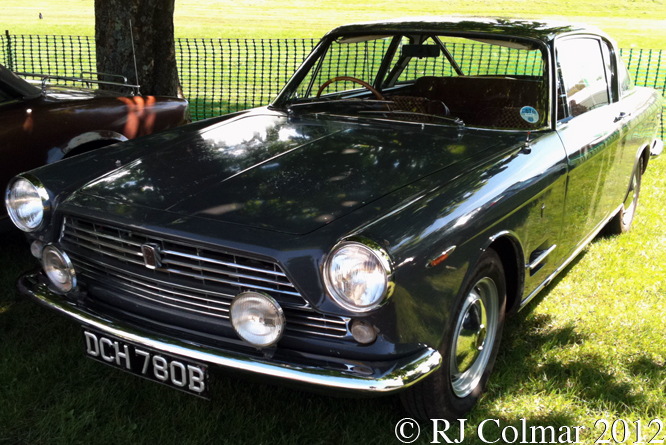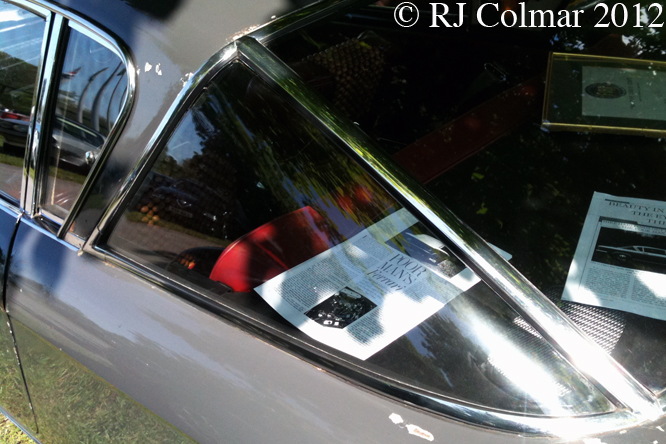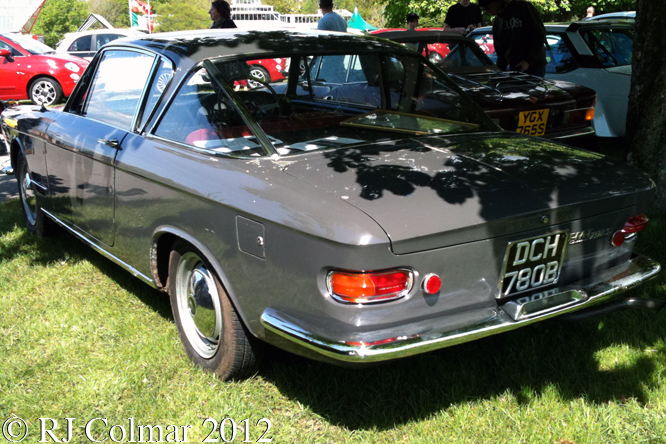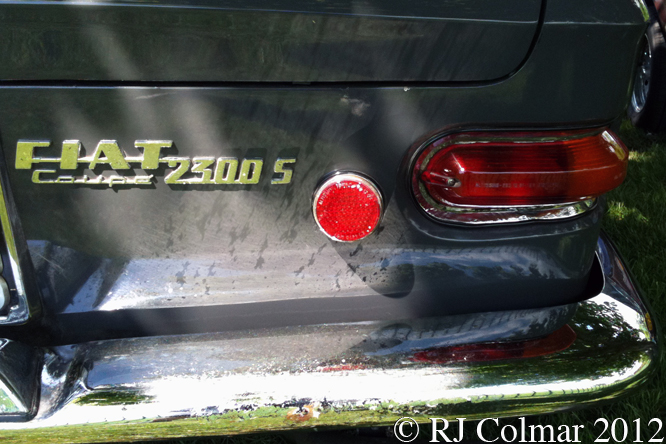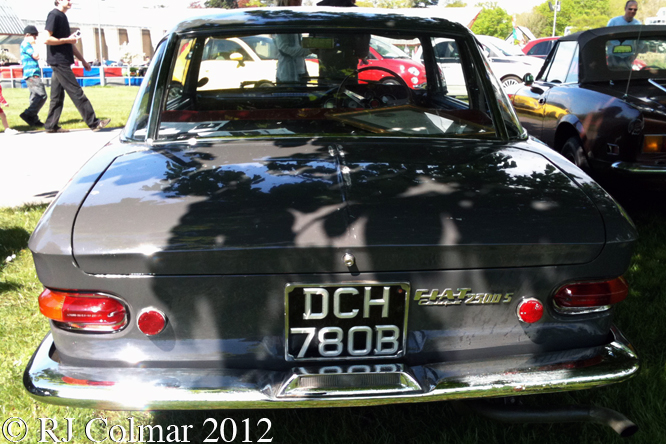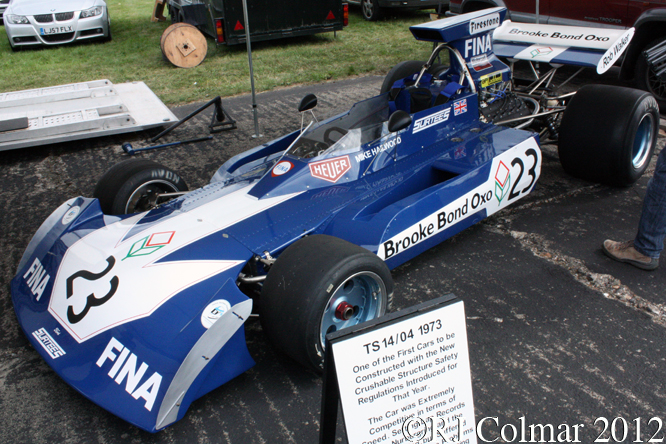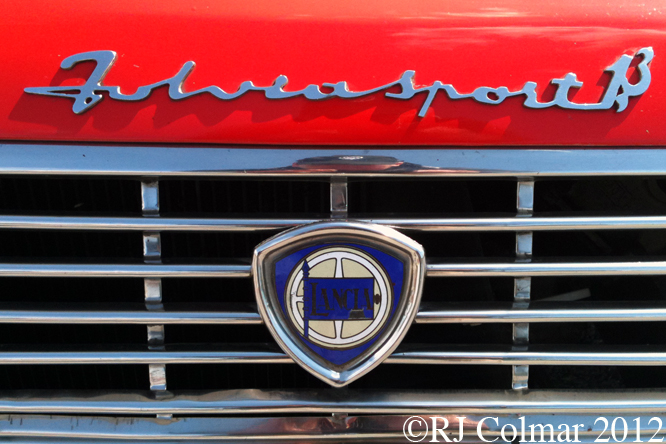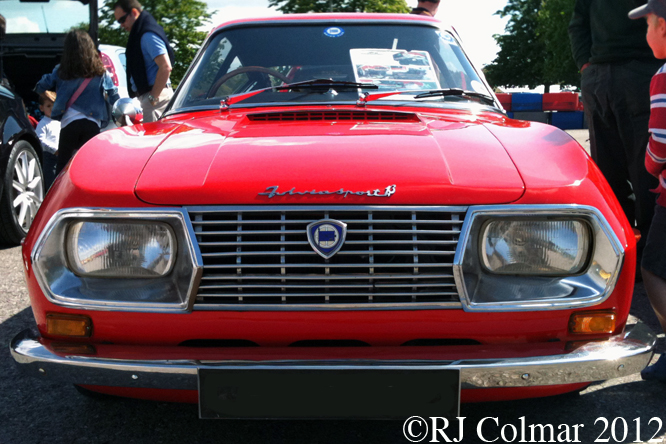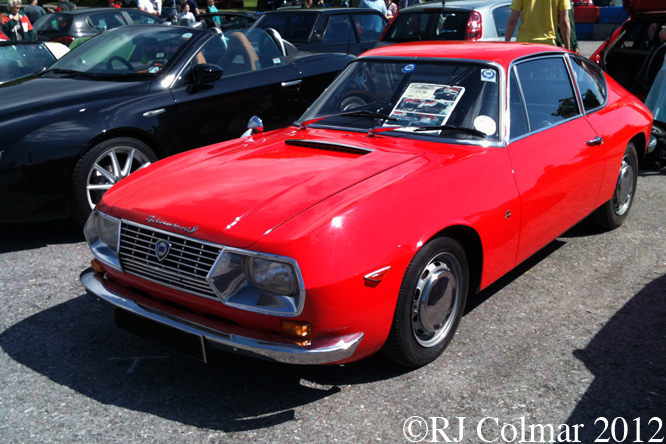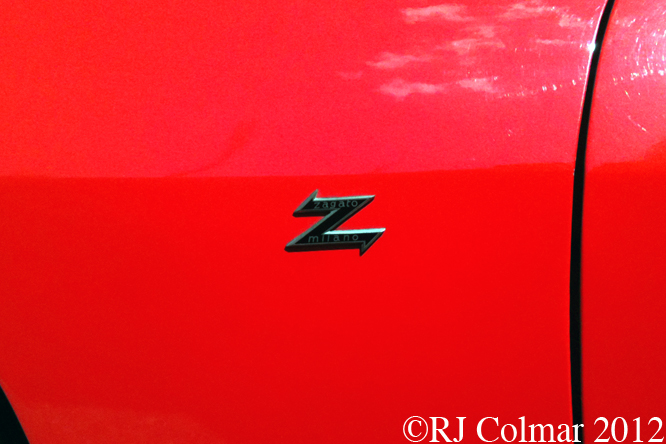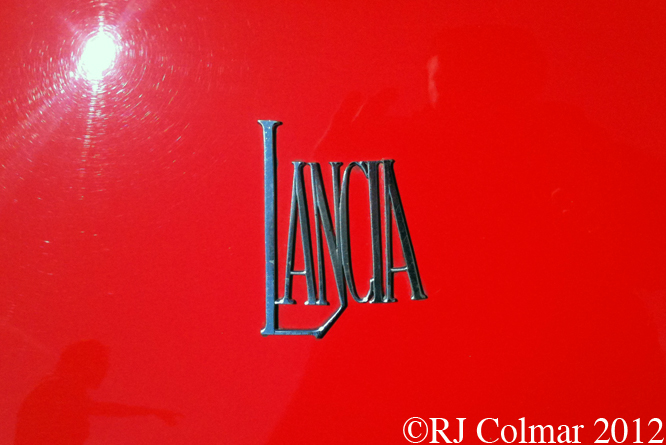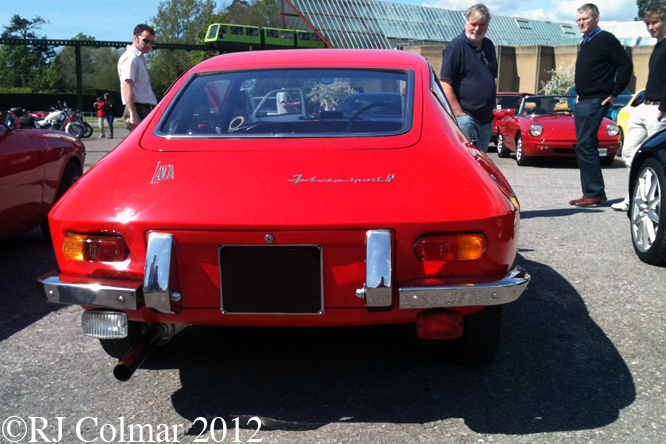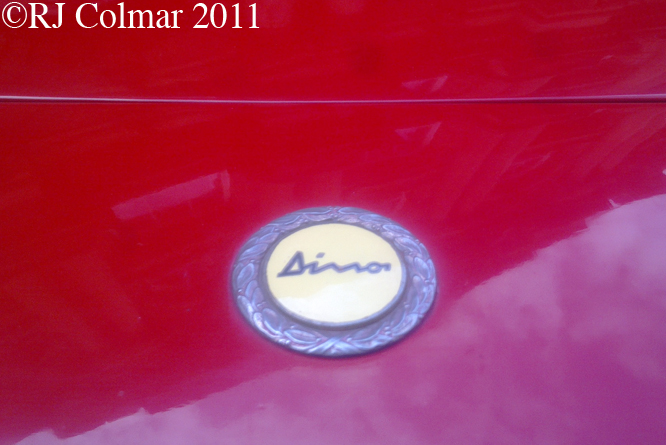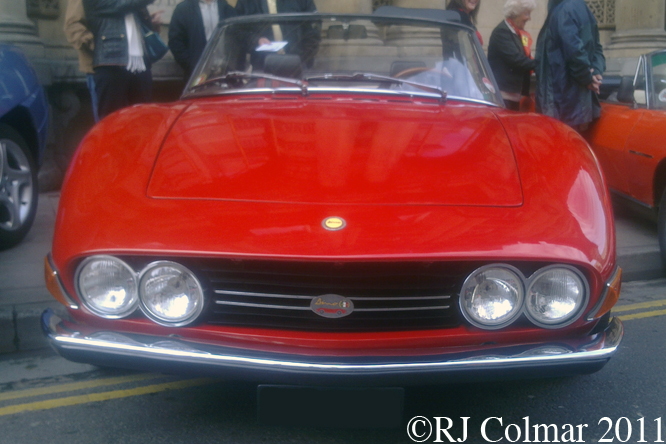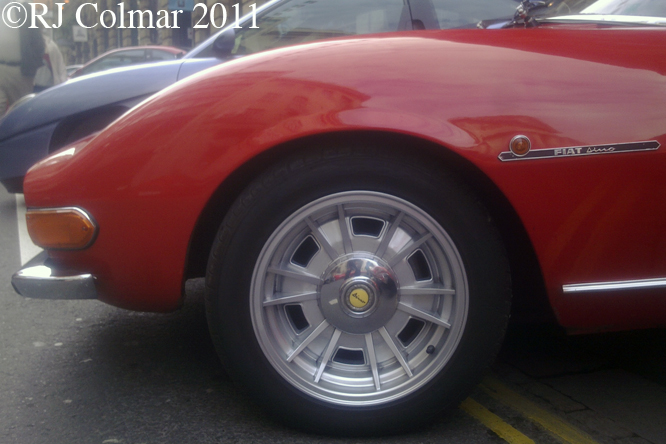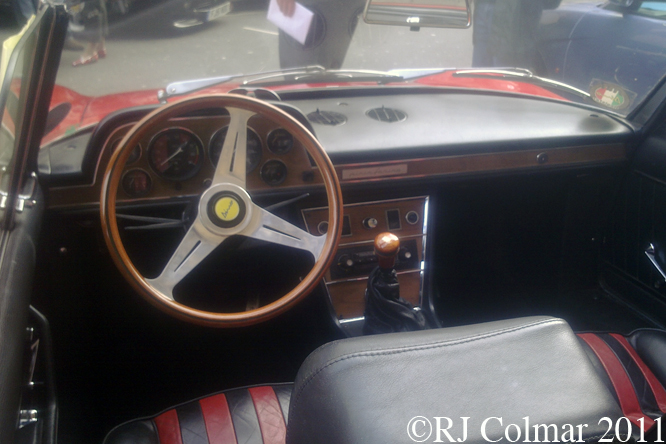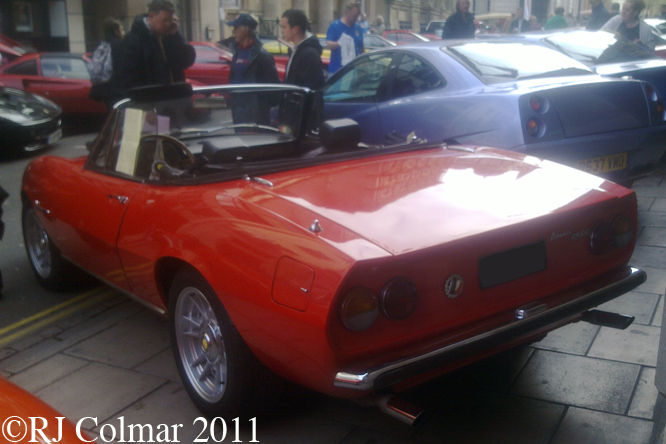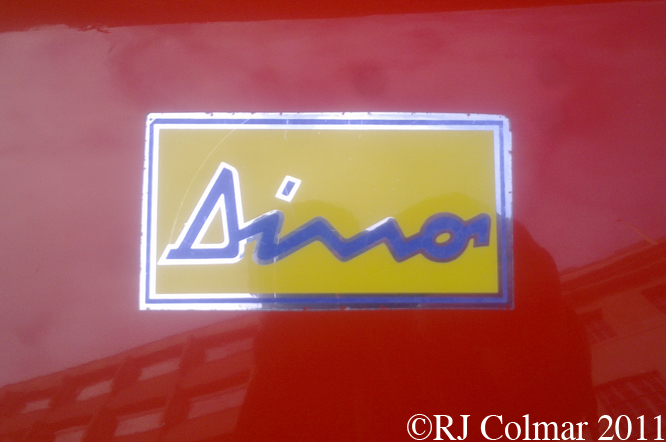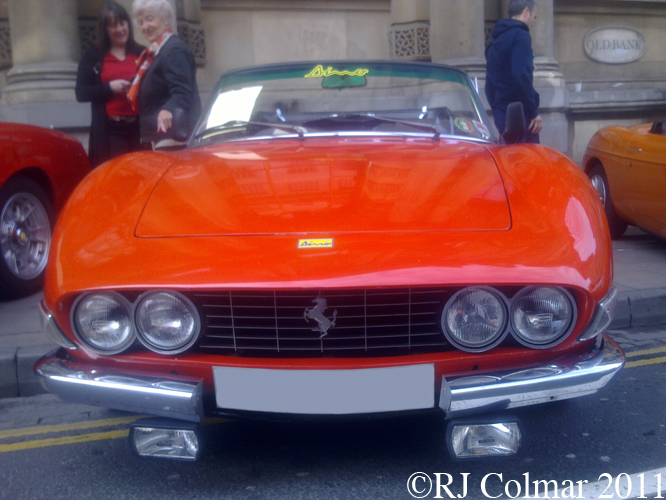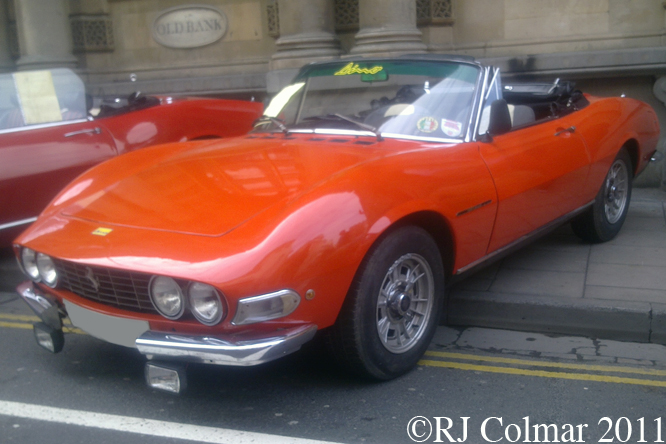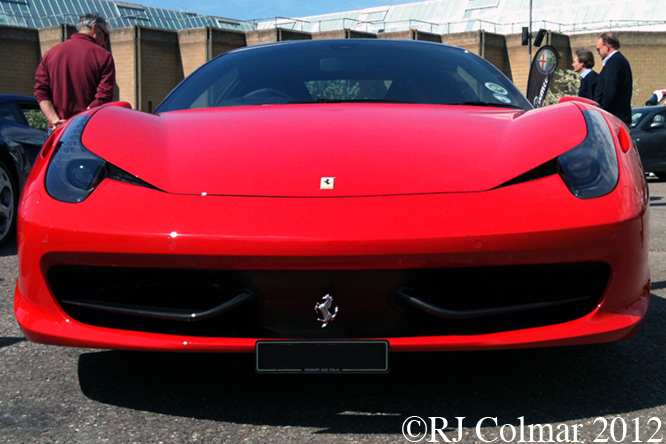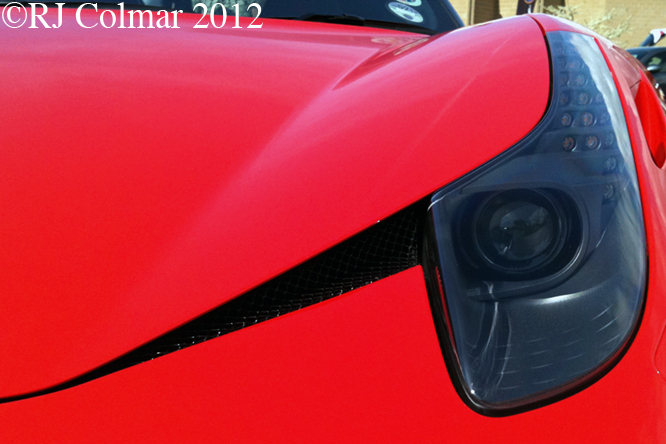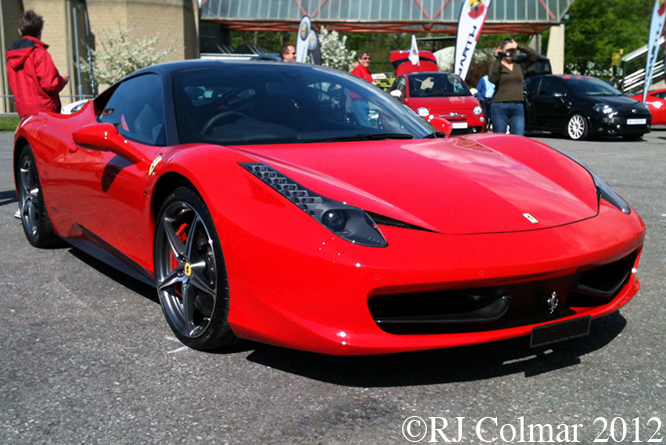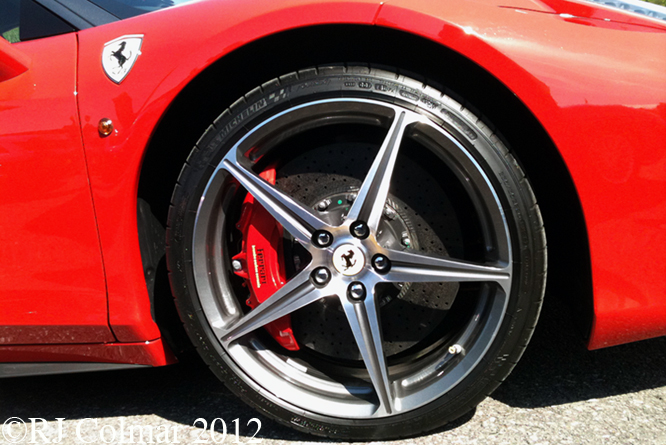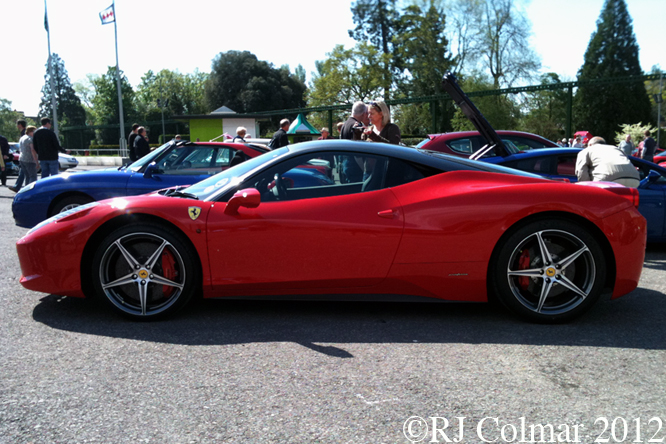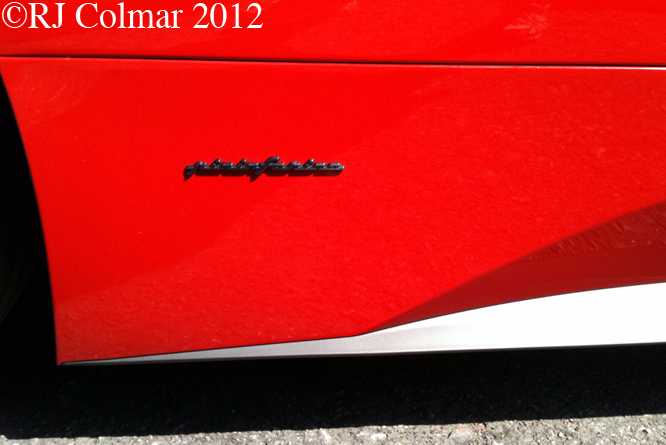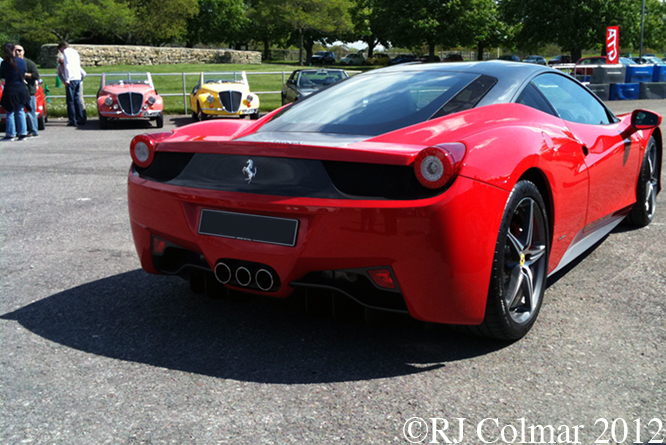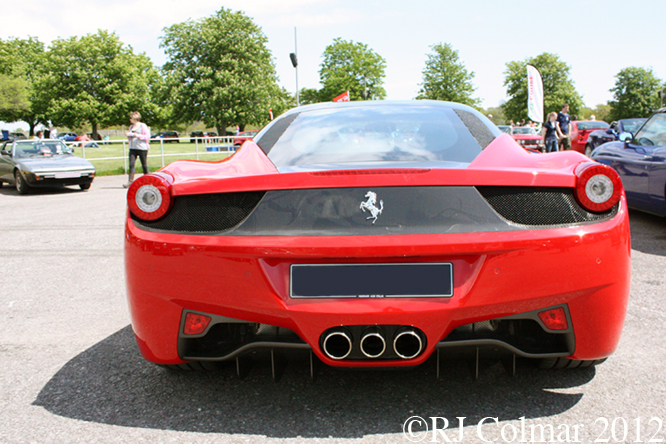In order to help Ferrari homologate, get competition type approval for, it’s 2 litre / 122 cui 65° V6 Enzo Ferrari concluded a deal with FIAT to manufacture the required number of units in March 1965.
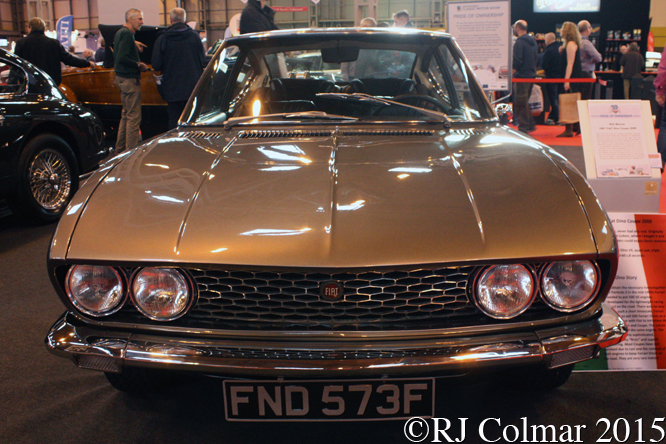
The engines would then be fitted to the Pininfarina bodied Ferrari 206 Dino and FIAT Dino Spyder 2000 and the Bertone bodied Dino Coupé, such as the one featured in these photographs, which was designed by Giorgetto Giugiaro.
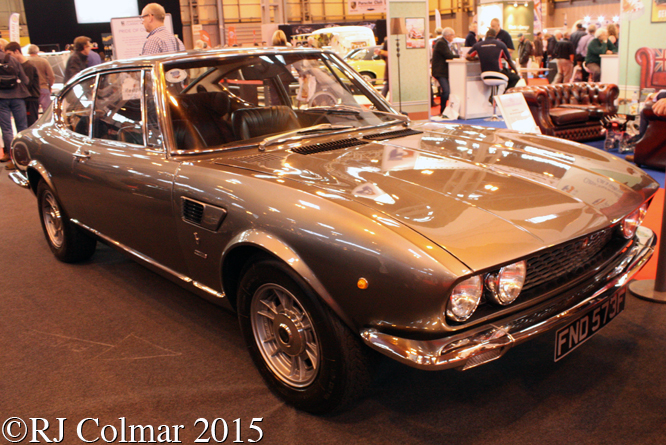
The 2+2 Dino Coupé body, first seen in March 1967 sits on a slightly longer chassis that the 2+1 Dino Spyder first seen in October 1966, initially the Coupé also had superior internal trim which included a wood rimmed steering wheel unlike the plastic rimmed item in the Spyder.
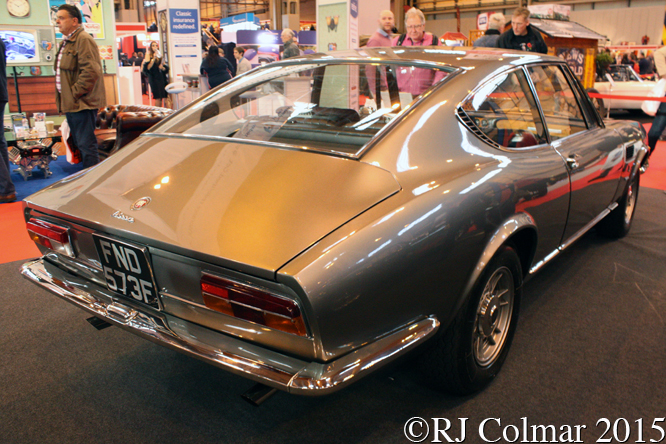
This particular 1967 Coupé was purchased in 2014 by it’s present owner in Lisbon, Portugal and is believed to have previously resided in Monaco.
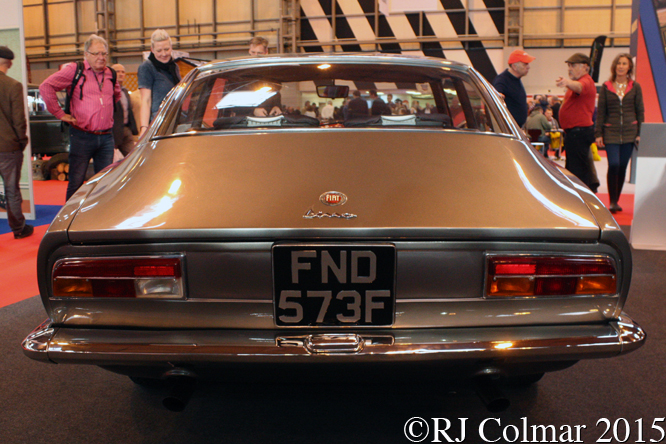
3,670 2.0-litre coupés, notably used by the Mafioso protecting a $4 million Chinese gold bullion down payment for a FIAT factory in The Italian Job staring Micheal Cane, were built up until 1969 when production of the larger 2.4 litre V6 Dino engines began for the Ferrari 246 Dino, Fiat Dino Spyder and Coupé plus the Lancia Stratos.
Thanks for joining me on this “Down Payment Protection” edition of “Gettin’ a li’l psycho on tyres” I hope you will join me again tomorrow when I will be looking at another Healey. Don’t forget to come back now !



